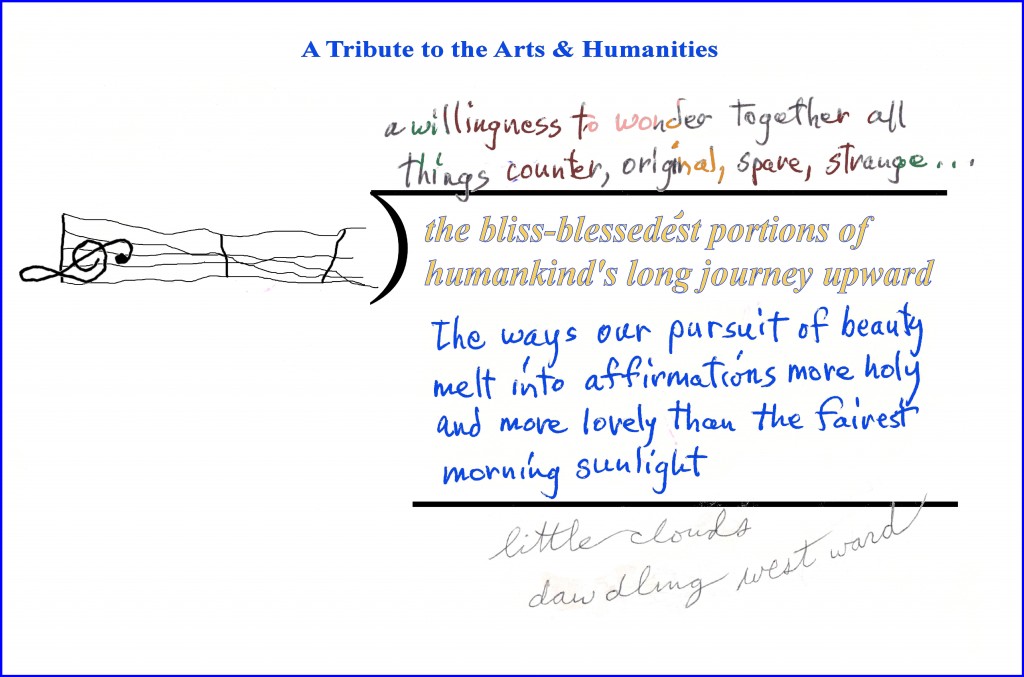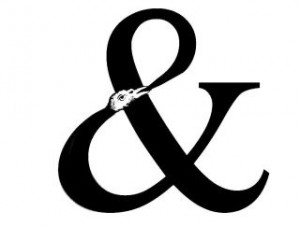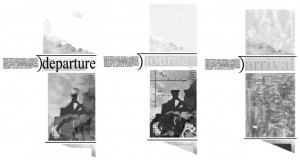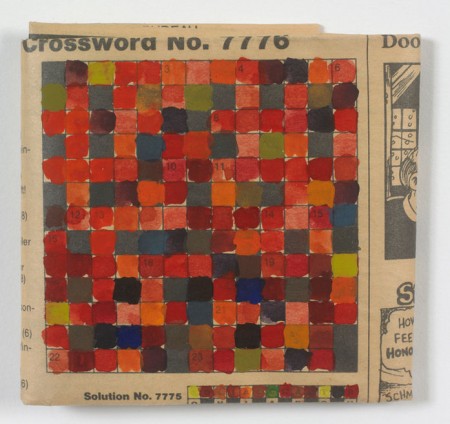Archive for the ‘Gerard Manley Hopkins’ Category
Entry 1314 — Just-Spring
Sunday, December 29th, 2013
It crossed my mind earlier today that a flair for the use of fresh language might be the most important attribute of a superior poet. Certainly E. E. Cummings had it, which is why he rates so high with me. In particular, I think the invention of new words or phrases, or the use of a word in a way it was never before used, like Cummings’s melding of “just” and “spring” in his famous poem about the balloonman, is about the most important thing a superior poet can do. Hopkins and Dylan Thomas are two others I quickly think of who did this. If I were fading out, I’d try to find examples, and mention more poets of fresh language. I might even come up with a Grummaniacal name for them.
For now, I just say that one way of recognizing mediocrity in a poet is his total conventionality of word-choice and use. You can recognize the subj-mediocrity by his used of dead poeticisms.
.
Entry 735 — Another Long Division Poem Finished
Friday, May 11th, 2012
It’s my “Tribute to the Arts & Humanities.” For a while I had great expectations for it; I especially liked the way my quotient came out. But I am not too satisfied with the lettering of either my dividend or the text uder it. They seem to me barely adequate, if that. If there were a good cheap graphic designer in Port Charlotte, I’d hire him to improve them. It’s not a bad poem, though–and straight-forward: the only help an engagent may need is knowing that “counter, original, spare, strange” is from Gerard Manley Hopkins–so I’m hoping it can pick up a few fans from among the sub-congnoscenti. Make that, “pre-cogniscenti.”
(Apologies: once again I posted this as “private,” having forgotten to tag it “public.” I generally keep my entries “private” so no one can see them but I until I’m satisfied with them, at which time I hit a button that makes them “public.” Ridiculously often I forget to do this, as was the case this time. No big deal, just one more reminder to me, as if I need it, that I’m a moron.)
.







Bob, I didn’t bank on a posting from the hospital, but I’d hoped for some word by now. Get back to me (or the world in general) as soon as you can, so we know what’s up.
Geof